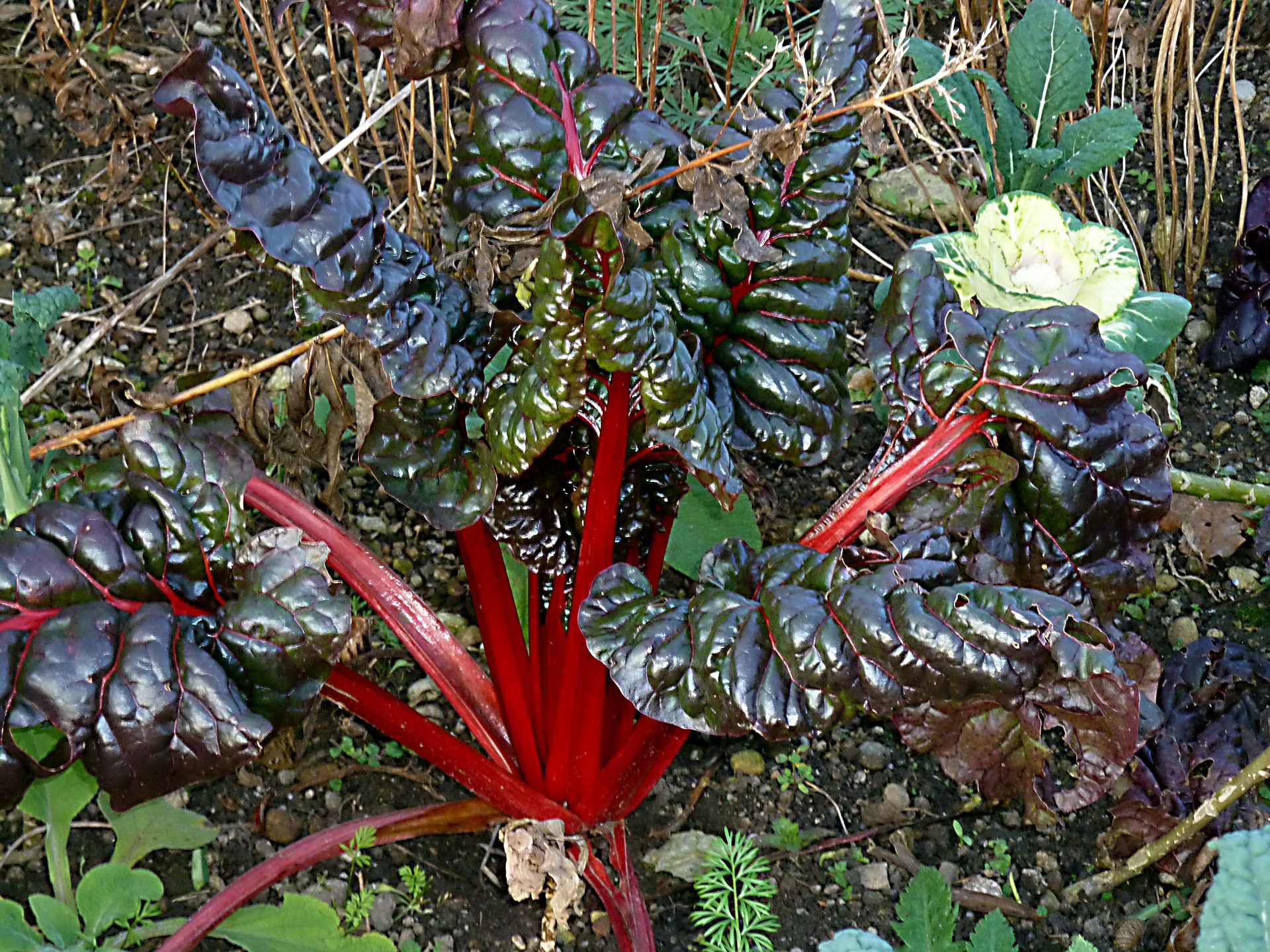The leaves of the rhubarb plant are extremely poisonous

The Leaves of the Rhubarb Plant: A Highly Poisonous Greenery

When we think of rhubarb, we often envision delicious pies, crumbles, and jams that delight our taste buds. However, beyond its delectable stems lies a hidden danger. The leaves of the rhubarb plant, whose vibrant red stalks have become synonymous with summer desserts, are actually extremely poisonous.
But why are the rhubarb leaves so toxic?
The toxicity of rhubarb leaves can be attributed to their high concentration of oxalic acid, a naturally occurring compound found in many plants. Oxalic acid is not uncommon; it can also be found in various foods, such as spinach, beets, and even chocolate. However, what sets rhubarb leaves apart is their remarkably high concentration of this compound.
When ingested in large amounts, oxalic acid can create insoluble calcium oxalate crystals in the bloodstream. These crystals can ultimately lead to severe kidney damage, nausea, abdominal pain, breathing difficulties, and in extreme cases, even death. Thus, it is crucial to exercise caution and prevent consumption or accidental ingestion of rhubarb leaves.

But what about rhubarb stalks? Are they safe to eat?
While the leaves of the rhubarb plant should never be consumed, the stems themselves are edible and highly nutritious. With their tart flavor, rhubarb stalks are often used in savory and sweet dishes alike. Rich in vitamins C and K, dietary fiber, and antioxidants, rhubarb stalks can be enjoyed guilt-free and provide a range of health benefits.
It is essential to note that proper preparation is necessary to reduce the oxalic acid content in rhubarb stalks. Peeling the outer layer and cooking the stalks can help minimize the acid levels, making them safer for consumption.
In conclusion, exercise caution when handling rhubarb plants.
Rhubarb, with its visually appealing red stalks, holds a precarious secret within its leaves. While the plant’s stems provide a flavorful addition to various dishes, the leaves of the rhubarb plant are incredibly toxic due to their high oxalic acid content. Remember to keep them far away from your plate and always handle rhubarb with care.
For more information on the toxicity of rhubarb leaves, please refer to the Reader’s Digest article.
Tags
Share
Related Posts
Quick Links
Legal Stuff

